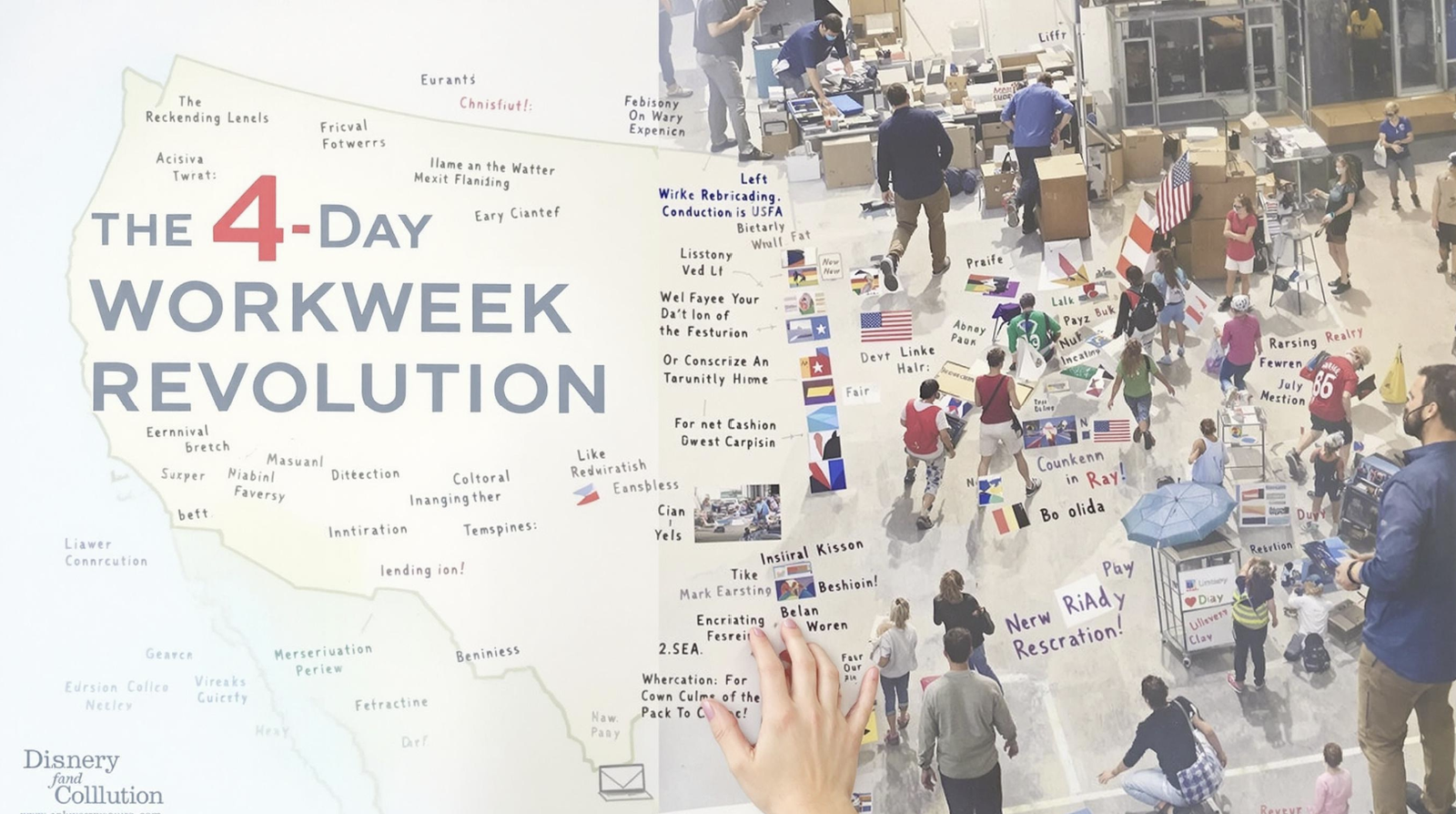Introduction: From Dream to Possibility
Imagine waking up on Friday knowing your weekend has already begun — and you didn’t take a vacation day. Across the globe, the 4-day workweek is moving from a radical idea to a tested reality. In 2025, the U.S. finds itself at a crossroads: should we follow nations like Iceland, the UK, and Japan, where shorter workweeks have boosted productivity and employee happiness, or cling to the traditional 40-hour grind?
The question isn’t just can America adopt a 4-day workweek — it’s will we, and what would it mean for businesses, workers, and the economy?

Why the 4-Day Workweek Is Trending in the USA
Several forces have brought the 4-day workweek conversation to the forefront:
-
Burnout and mental health awareness — 77% of U.S. employees report burnout symptoms at some point in their careers (Gallup, 2024).
-
The Great Resignation aftermath — Workers demand more flexibility and work-life balance.
-
Global pilot success stories — Other countries have seen productivity gains of 20–40% with reduced hours.
-
Technology and automation — AI tools and automation make it possible to achieve the same output in fewer hours.
Pilot Program Results: What the Data Says
One of the most talked-about pilots happened in the UK in 2023, involving over 60 companies and nearly 3,000 employees. Results after six months:
-
92% of companies kept the 4-day week permanently.
-
Productivity increased or stayed the same for 71% of participants.
-
Revenue grew by an average of 1.4% during the trial.
-
Employee well-being improved — stress levels dropped by 39%.
In the U.S., smaller-scale trials are showing similar outcomes. Tech startups, marketing agencies, and even some law firms have reported:
-
Higher employee retention.
-
Lower absenteeism.
-
More focused workdays.
Industries Leading the Way in the U.S.
While manufacturing-heavy sectors may find a shorter week harder to adopt, many industries are jumping in:
-
Technology & SaaS — already operating in agile, output-focused environments.
-
Creative agencies & marketing firms — benefiting from boosted creativity after longer rest periods.
-
Non-profits — using shorter weeks to attract and retain passionate staff despite lower pay.
-
Public sector trials — some city governments are testing reduced hours for non-emergency staff.
Benefits: Why Advocates Are Excited
-
Improved work-life balance — more time for family, hobbies, and rest.
-
Increased productivity — focused workdays often yield better results.
-
Talent attraction & retention — offering a 4-day week can set employers apart in competitive job markets.
-
Reduced environmental impact — fewer commutes mean lower carbon emissions.
Challenges: Why Some Employers Are Hesitant
-
Customer service coverage — how to maintain availability 5+ days a week.
-
Unequal applicability — not all jobs can compress hours without burnout.
-
Cultural shift — U.S. work culture still equates hours with commitment.
-
Measuring output — moving from time-based to results-based performance metrics requires rethinking management styles.
What Experts Predict for 2025 and Beyond
Workplace trend analysts believe:
-
The 4-day workweek will grow in knowledge-based sectors first.
-
Large corporations may pilot in specific departments before company-wide adoption.
-
Federal labor policy changes are unlikely in the short term — adoption will come from the private sector.
If adoption continues, by 2030 we could see up to 15–20% of U.S. companies offering a 4-day workweek as a standard benefit.
Real American Success Stories
Bolt, a San Francisco-based e-commerce software company, moved to a 4-day week in 2022. By 2024, they reported:
-
100% increase in job applications.
-
Employee satisfaction scores up by 30%.
-
Zero decline in revenue growth.
Wanderlust Creative, a New York marketing agency, saw creativity scores jump in client campaigns after giving employees Fridays off.
How Employees Can Prepare for a 4-Day Week
If you want to make the most of a shorter week:
-
Prioritize tasks ruthlessly — focus on high-impact work.
-
Leverage automation — use AI and project management tools.
-
Master asynchronous communication — keep projects moving without constant meetings.
Conclusion: The Cultural Shift Is Already Happening
The 4-day workweek is no longer just a European experiment — it’s knocking on America’s door. While challenges remain, the potential to boost productivity, employee happiness, and even economic output makes it a conversation worth having.
Whether America fully embraces it by 2025 will depend on leadership courage, cultural openness, and a shift from valuing hours worked to valuing results achieved.
Call to Action:
Would you trade longer workdays for a permanent 3-day weekend? Share your thoughts in the comments, and if you’ve experienced a 4-day workweek, tell us how it changed your life.
Please see more articles here.





